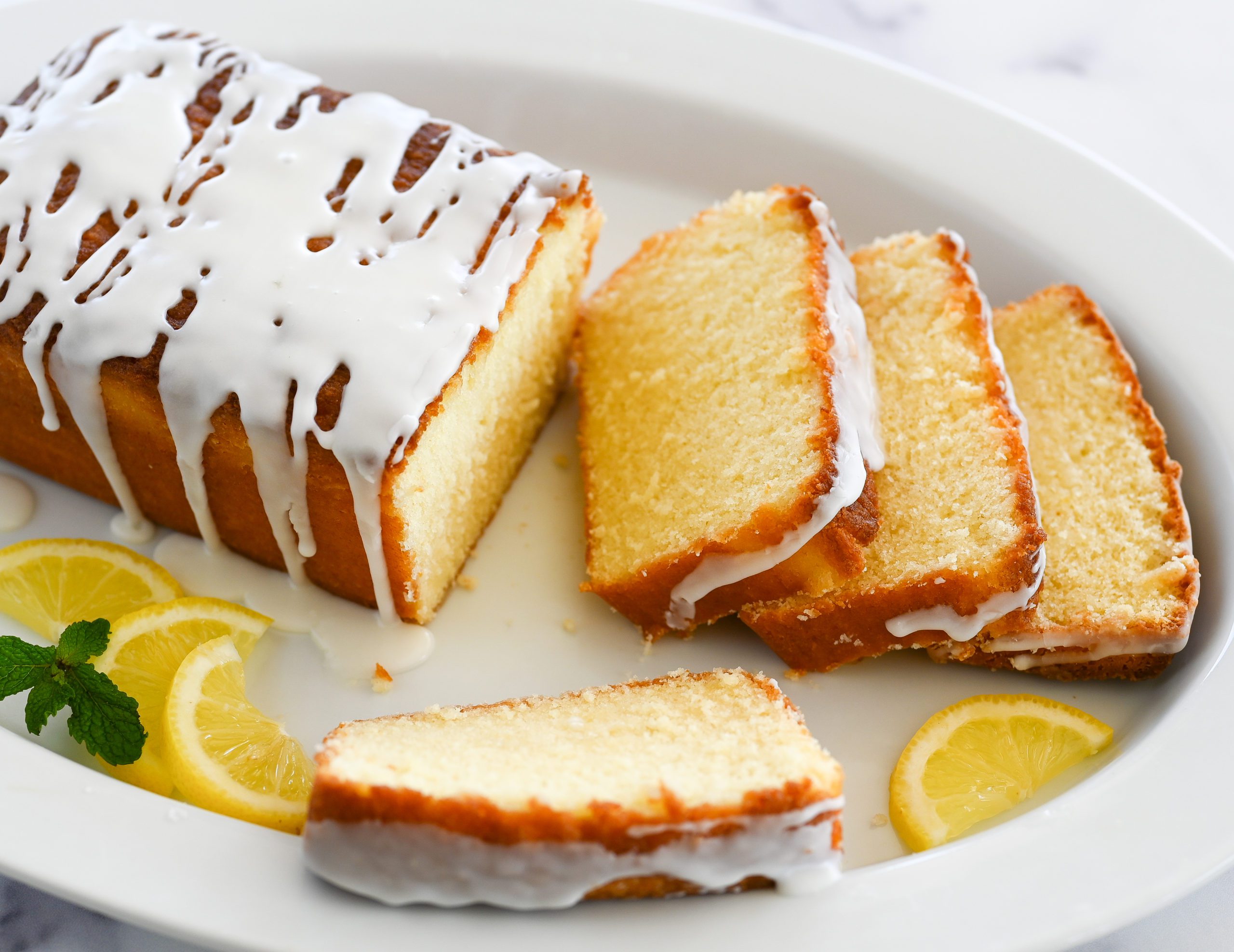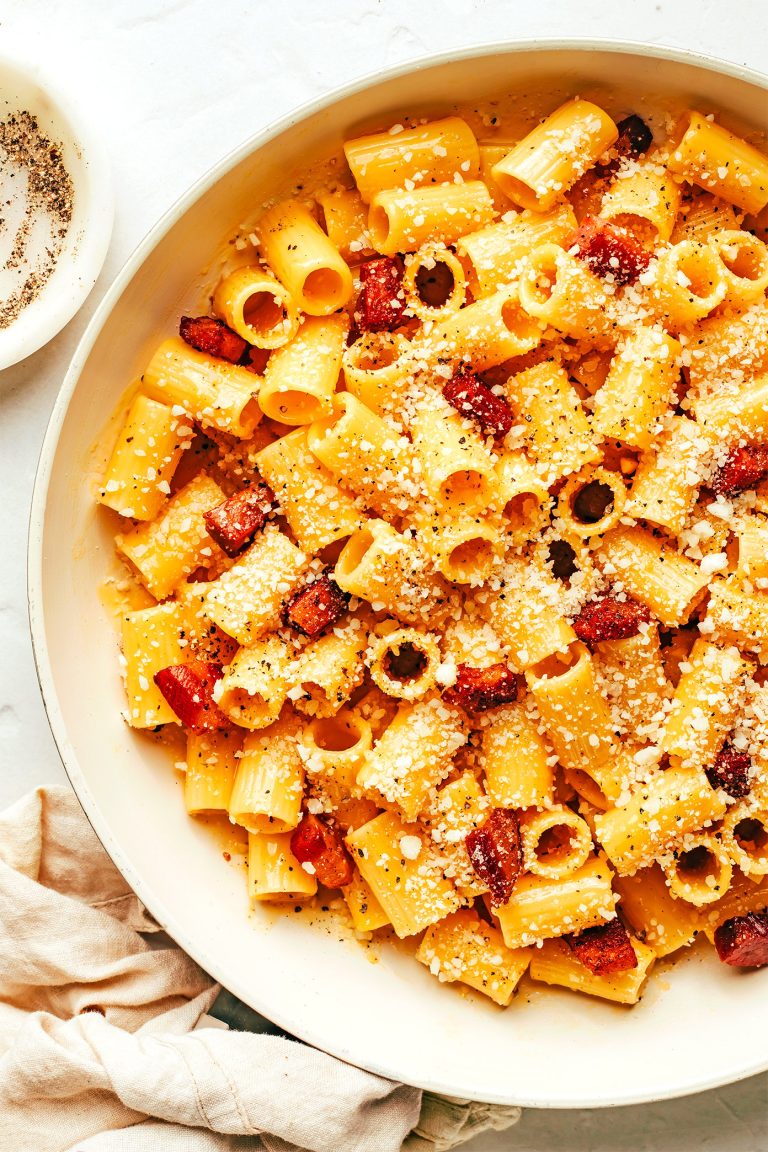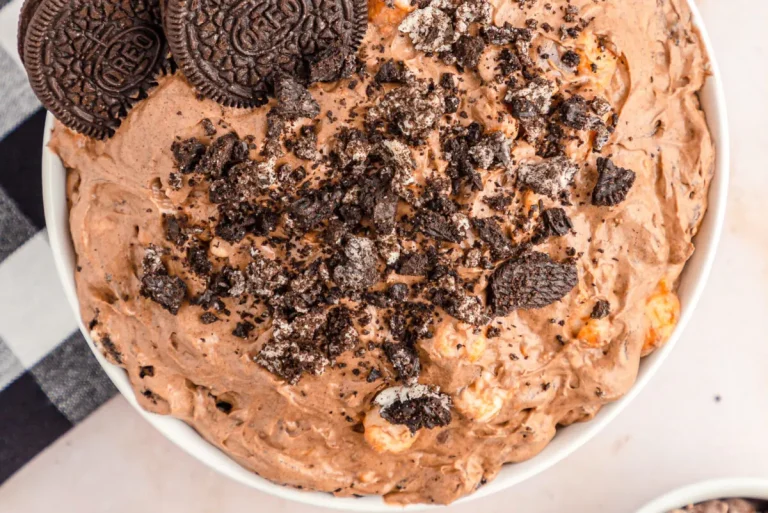Buttermilk Pound Cake: Recipes, Tips, and Delicious Variations
Buttermilk pound cake dates back to 18th-century Europe. Traditional pound cakes got their name from using one pound each of butter, sugar, eggs, and flour. This simple recipe ensured consistent baking results. Buttermilk became a key ingredient later, particularly in American versions, where its acidity added a tender texture. Historically, pound cakes were often made during holidays and special occasions due to the high cost of ingredients.
Regional Variations
Across the United States, buttermilk pound cake sees several regional twists. In the South, bakers often add lemon or vanilla extract to enhance flavor. In the Midwest, a common variation includes a sprinkling of nutmeg or cinnamon. Northeastern recipes sometimes incorporate dried fruit or nuts, while Western versions might feature a hint of almond extract. Each region’s adaptations reflect local tastes and ingredient availability.
Key Ingredients Explained
The Role of Buttermilk
Buttermilk not only offers a subtle tang to the buttermilk pound cake but also plays a crucial role in its texture. Its acidity breaks down gluten in the flour, resulting in a tender and moist crumb. This ingredient pairs perfectly with baking soda, a common leavening agent in pound cakes. By reacting with baking soda, buttermilk helps the cake rise without making it dry. Example: using 1 cup of buttermilk enhances the cake’s flavor and ensures a soft texture.
Other Essential Ingredients
Butter: This ingredient provides richness and moisture to the cake. Using unsalted butter allows you to control the cake’s saltiness accurately. For instance, 1 cup of unsalted butter ensures a balanced flavor profile.
Sugar: Sugar sweetens the cake and helps achieve a delicate crumb structure. Granulated sugar is typically preferred. 2 cups of sugar are standard for a traditional buttermilk pound cake, ensuring the right sweetness and texture.
Eggs: Eggs offer structure and stability. By emulsifying the batter, they contribute to the cake’s rise and moisture. Using 4 large eggs provides the necessary balance.
Flour: All-purpose flour gives the cake its body and structure. It’s essential to measure it accurately to avoid a dense cake. Generally, 3 cups of all-purpose flour work best.
Leavening Agents: Baking powder and baking soda are crucial for the cake’s rise. They create a light texture. Typically, 1/2 teaspoon of baking powder and 1/4 teaspoon of baking soda are sufficient.
Vanilla Extract: Vanilla extract enhances the cake’s flavor, giving it a warm, aromatic note. Adding 2 teaspoons of pure vanilla extract can elevate the taste.
Salt: A pinch of salt balances the sweetness and enhances the other flavors. Usually, 1/2 teaspoon is adequate.
These ingredients, combined with precise measurements and baking techniques, result in a perfect buttermilk pound cake.
Step-by-Step Baking Process
Preparing the Batter
Start by gathering all your ingredients. Ensure butter and eggs are at room temperature. Cream 1 cup of unsalted butter with 2 cups of granulated sugar, using a mixer on medium speed, until light and fluffy, for about 3-5 minutes. Add 4 large eggs one at a time, beating well after each addition.
In a separate bowl, whisk together 3 cups of all-purpose flour, 1/2 teaspoon of baking soda, and 1/2 teaspoon of salt. Gradually add this dry mixture to the wet mixture, alternating with 1 cup of buttermilk. Start and end with the flour mixture. Mix in 2 teaspoons of vanilla extract until combined. Ensure the batter is smooth and free of lumps.
Baking Tips for Perfect Texture
Preheat your oven to 325°F. Grease and flour a 10-inch Bundt pan to prevent sticking. Pour the batter into the pan, spreading it evenly. Tap the pan gently on the counter to remove air bubbles.
Bake for 70-80 minutes, checking doneness by inserting a toothpick into the center until it comes out clean. Let the cake cool in the pan on a wire rack for 10 minutes before turning it out onto a wire rack to cool completely. Avoid over-baking, which can cause a dry texture. If baked correctly, your buttermilk pound cake should have a moist, tender crumb with a golden-brown crust.
Creative Variations and Toppings
Incorporating Fruits and Nuts
Adding fruits and nuts creates unique flavors and textures. For a fruity twist, fold fresh berries like blueberries or raspberries into the batter. Dried fruits, such as cranberries or apricots, can add a chewy texture and a burst of sweetness. Chopped nuts, like pecans or walnuts, introduce a crunchy contrast to the tender cake crumb. Ensuring even distribution throughout the batter prevents these add-ins from sinking to the bottom.
Experimenting with Glazes and Frostings
Enhancing your cake with glazes and frostings elevates it to a new level. A simple lemon glaze, made by mixing powdered sugar with fresh lemon juice, adds a tangy sweetness that complements the buttermilk flavor. For a richer option, cream cheese frosting provides a creamy, decadent layer. Chocolate ganache, created by blending melted chocolate with heavy cream, offers a luxurious touch. Drizzling or spreading these toppings evenly ensures a polished appearance and delightful taste in each slice.
Serving and Storage Tips
Best Practices for Serving
Serve buttermilk pound cake at room temperature for the best flavor. Let the cake sit out of the refrigerator for at least 30 minutes before serving. Use a sharp knife to ensure clean slices, especially if the cake has additional toppings like glazes or frostings.
Pairing the cake with complementary items enhances the flavor profile. For example, serve it with fresh berries, whipped cream, or a scoop of vanilla ice cream. These pairings add contrasting textures and flavors, making the cake more enjoyable.
Highlighting the presentation is key when serving at special occasions. Arrange slices on a decorative platter or cake stand. Consider adding garnishes like mint leaves or a dusting of powdered sugar. These elements make your buttermilk pound cake visually appealing and appetizing.
How to Store for Freshness
Store buttermilk pound cake properly to maintain its freshness. Wrap the cake tightly in plastic wrap or aluminum foil to prevent it from drying out. If covered carefully, the cake can stay fresh at room temperature for up to three days.
For longer storage, keep the cake in the refrigerator. Place the wrapped cake in an airtight container to avoid absorbing any refrigerator odors. Refrigerated, the cake remains fresh for up to a week.
Freezing can extend the cake’s shelf life. Wrap individual slices in plastic wrap, then place them in a freezer-safe bag or container. The cake will stay fresh in the freezer for up to three months. To defrost, move slices to the refrigerator overnight, then bring to room temperature before serving.
Conclusion
Buttermilk pound cake offers a delightful blend of tradition and versatility, making it a beloved choice for many. Its rich history and regional twists add depth to its appeal, while creative variations and toppings allow you to personalize it to your taste. Whether you’re serving it at a special occasion or enjoying a slice with your morning coffee, this cake promises a memorable experience. Remember to follow storage tips to keep it fresh and flavorful for as long as possible. Dive into the world of buttermilk pound cake and discover the endless possibilities it brings to your table.






